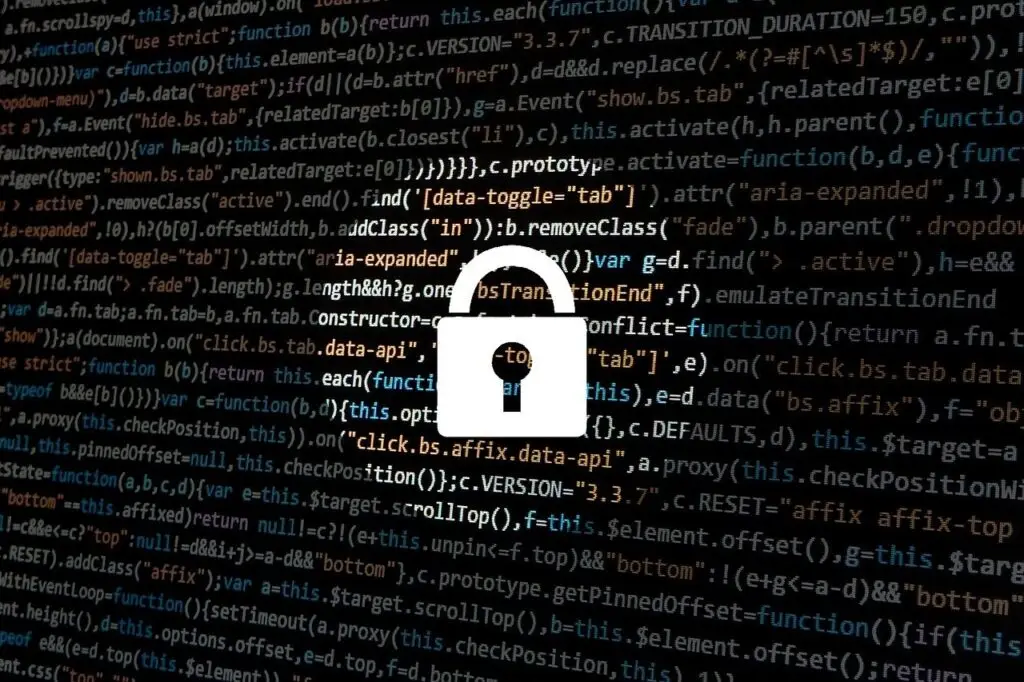Outline of the Article
I. Introduction
- A brief overview of the significance of cybersecurity in 2024
- The increasing digital threats and the need for proactive measures
II. Evolution of Cybersecurity
- Recap of cybersecurity trends in recent years
- How the landscape has changed leading into 2024
III. Advanced Threats on the Horizon
- Exploration of emerging cyber threats
- The role of artificial intelligence and machine learning in cyber attacks
IV. Safeguarding Strategies
- Importance of robust cybersecurity measures
- Implementing multi-layered security protocols
- The role of encryption in securing digital data
V. Cybersecurity in Industries
- Tailoring cybersecurity strategies for specific industries
- Real-world examples and case studies
VI. Internet of Things (IoT) Security
- The growing significance of IoT in daily life
- Addressing vulnerabilities and securing IoT devices
VII. Human Factor in Cybersecurity
- The role of employee awareness and training
- Mitigating risks associated with human error
VIII. Regulatory Changes
- Overview of new cybersecurity regulations and compliance standards
- The impact on businesses and organizations
IX. Incident Response and Recovery
- Developing effective incident response plans
- The importance of quick recovery after a cybersecurity breach
X. Collaboration and Information Sharing
- How organizations can work together to enhance cybersecurity
- The importance of sharing threat intelligence
XI. Future Technologies in Cybersecurity
- Exploration of upcoming technologies in cybersecurity
- Predictions for their impact on safeguarding digital assets
XII. Cybersecurity Workforce Challenges
- The shortage of skilled professionals in the cybersecurity industry
- Strategies for attracting and retaining talent
XIII. Global Cybersecurity Trends
- Analyzing trends on a global scale
- The interconnected nature of cybersecurity challenges
XIV. Ethical Hacking and Penetration Testing
- The proactive approach to identifying vulnerabilities
- The role of ethical hacking in strengthening cybersecurity defenses
XV. Conclusion
- Summarizing key takeaways
- Emphasizing the importance of staying ahead in the ever-evolving cybersecurity landscape
Cybersecurity Trends in 2024: Safeguarding the Digital Frontier
In today’s digital age, the importance of cybersecurity cannot be overstated. As we step into 2024, the digital frontier faces an array of sophisticated threats that demand proactive and advanced safeguarding measures. Let’s delve into the key cybersecurity trends shaping the landscape this year.
I. Introduction
As we navigate an era where technology permeates every aspect of our lives, the need for robust cybersecurity measures has never been more critical. The digital landscape is rife with potential risks, from data breaches to ransomware attacks, making it imperative for individuals and organizations alike to stay ahead of evolving cyber threats.
II. Evolution of Cybersecurity
Before we delve into the trends of 2024, let’s take a moment to reflect on the evolution of cybersecurity. Over the past decade, we’ve witnessed a paradigm shift in how we approach digital security. Traditional measures have given way to more dynamic and adaptive strategies, with continuous monitoring and rapid response becoming the norm.
III. Advanced Threats on the Horizon
The cyber threats we face are becoming increasingly sophisticated, with threat actors leveraging artificial intelligence and machine learning to enhance the potency of their attacks. Understanding these advanced threats is crucial in developing effective countermeasures.
IV. Safeguarding Strategies
To counter these evolving threats, organizations must implement multi-layered security protocols. Encryption plays a pivotal role in securing sensitive data, ensuring that even if a breach occurs, the information remains unintelligible to unauthorized parties.
V. Cybersecurity in Industries
Different industries face distinct cyber threats. Tailoring cybersecurity strategies to the specific needs of each sector is paramount. Real-world examples and case studies highlight the importance of sector-specific approaches.
VI. Internet of Things (IoT) Security
The proliferation of IoT devices brings convenience but also introduces vulnerabilities. Securing IoT devices is crucial to prevent them from becoming entry points for cybercriminals.
VII. Human Factor in Cybersecurity
While technological solutions are essential, the human element cannot be overlooked. Employee awareness and training programs are key to mitigating risks associated with human error, such as falling victim to phishing attacks.
VIII. Regulatory Changes
2024 brings forth new cybersecurity regulations and compliance standards. Businesses must stay informed and adapt to these changes to avoid legal ramifications and reputational damage.
IX. Incident Response and Recovery
No system is infallible, making incident response plans vital. Developing effective strategies for quick recovery after a cybersecurity breach is essential to minimize damage.
X. Collaboration and Information Sharing
Cybersecurity is a collective effort. Organizations must collaborate and share threat intelligence to stay one step ahead of cybercriminals, fostering a more secure digital environment.
XI. Future Technologies in Cybersecurity
The future promises innovative technologies in cybersecurity. Exploring these upcoming advancements can provide insights into how the digital frontier will be safeguarded in the years to come.
XII. Cybersecurity Workforce Challenges
Despite the increasing demand for cybersecurity professionals, there’s a shortage of skilled talent. Strategies to attract and retain skilled individuals are crucial for building a robust cybersecurity workforce.
XIII. Global Cybersecurity Trends
Cyber threats know no borders. Analyzing global trends is essential, considering the interconnected nature of cybersecurity challenges in an increasingly digital and interconnected world.
XIV. Ethical Hacking and Penetration Testing
Taking a proactive approach to cybersecurity involves ethical hacking and penetration testing. Identifying vulnerabilities before malicious actors do is a key component of a strong defense strategy.
XV. Conclusion
In conclusion, safeguarding the digital frontier in 2024 requires a comprehensive and dynamic approach to cybersecurity. Staying informed, implementing advanced technologies, and fostering collaboration are paramount. As we navigate this ever-evolving landscape, the importance of vigilance and adaptability cannot be overstated.
FAQs
- How often should organizations update their cybersecurity measures?
- Regular updates are crucial, ideally conducted at least quarterly, to address emerging threats and vulnerabilities.
- Is employee training really effective in preventing cyber attacks?
- Yes, investing in employee awareness and training significantly reduces the risk of falling victim to cyber attacks.
- What role does encryption play in cybersecurity?
- Encryption is a crucial component, ensuring that even if data is accessed, it remains unreadable without the decryption key.
- How can businesses attract cybersecurity talent in a competitive market?
- Offering competitive salaries, professional development opportunities, and a positive workplace culture can attract and retain skilled professionals.
- Are there any upcoming regulations that businesses should be aware of in 2024?
- Yes, staying informed about new cybersecurity regulations is crucial to ensure compliance and avoid legal repercussions.



